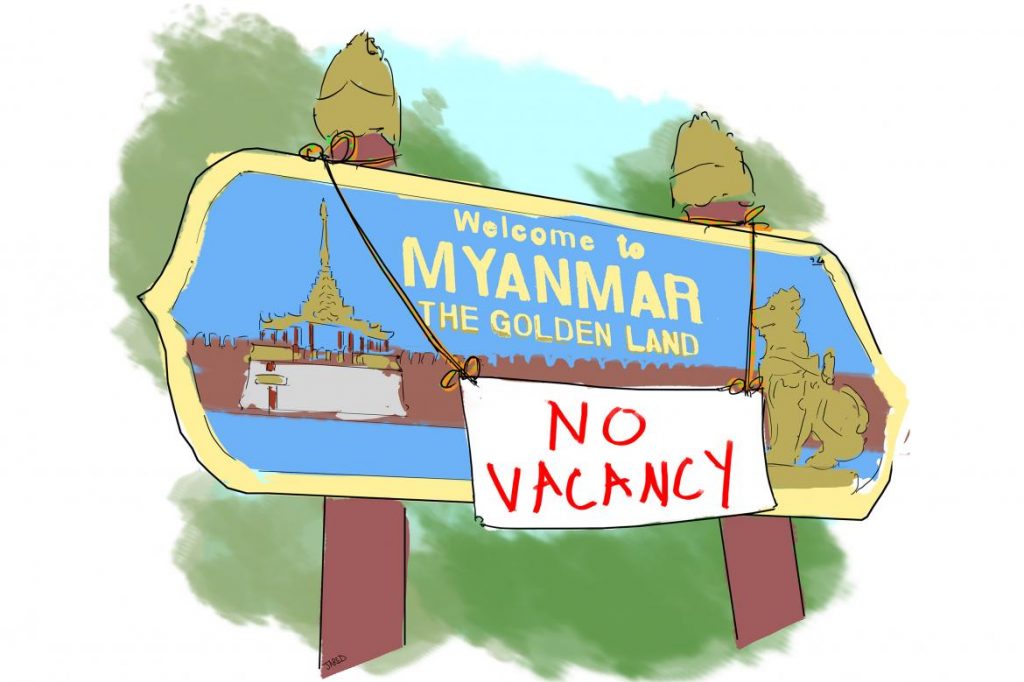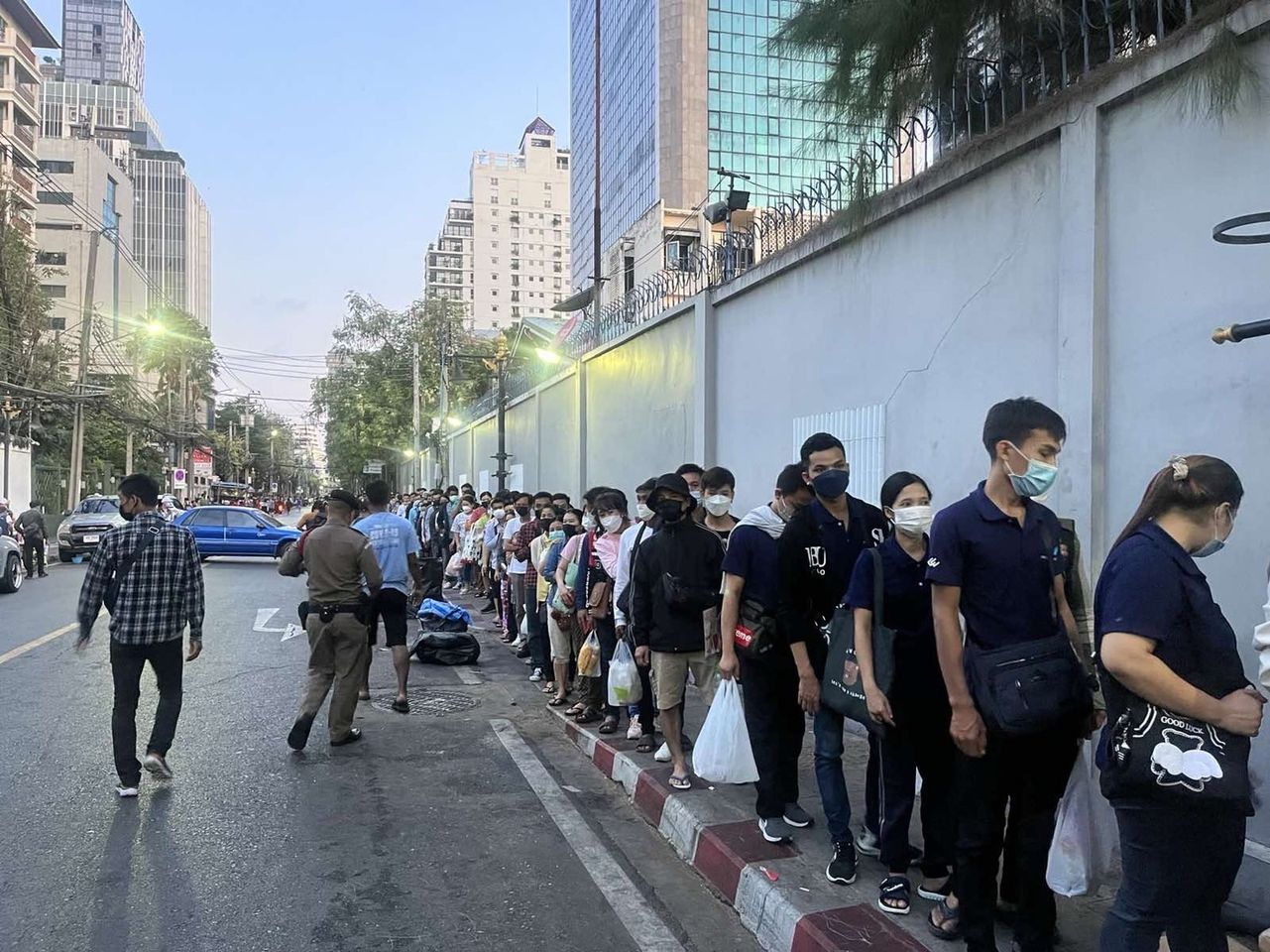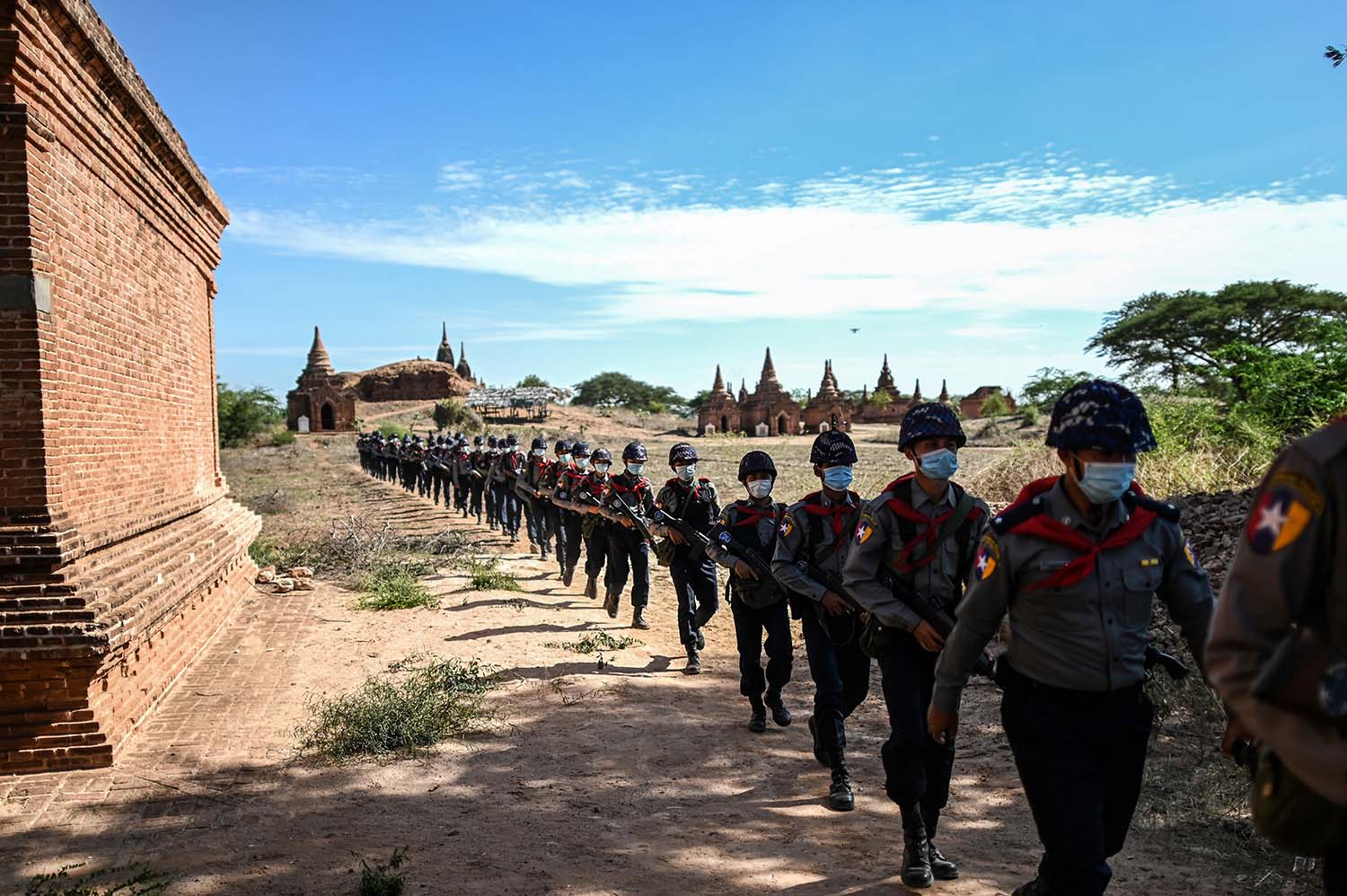Why keep the doors closed any longer?
FOR THE past couple of years, the small hilltop town of Thandaunggyi has been the petri dish for an experiment in hotel licensing.
The usual rules on licensing – that a property had to have at least 20 rooms for a hotel licence, or 10 for a guesthouse – remain in place. But an extra category has been created, for bed and breakfasts, or B&Bs.
These must still meet some criteria; guests and hosts must stay in different buildings, and each room must have its own bathroom, for example. There are also requirements that a local partner has at least some ownership.
But the crucial difference is that B&Bs can have as few as four guest rooms. In Thandaunggyi, this has enabled more than half-a-dozen local families to enter the tourism business by converting their properties into lodging quarters. For most of them, 10 rooms would have simply been too great an investment to contemplate.
As a new and little-known destination, guest numbers would also not have been high enough to justify the investment. For evidence, consider Exhibit A: the mouldering foundations of bungalow-style rooms at a planned hotel site on the winding road into Thandaunggyi.
Support more independent journalism like this. Sign up to be a Frontier member.
While the broader tourism project at Thandaunggyi hasn’t been perfect – more needs to be done to develop activities in the area, in particular – the owners of the B&Bs seem pleased with the results. In a sign of the growing power of domestic tourism, the number of local guests at the B&Bs has far exceeded foreigners.
The B&B licensing has achieved its aim. The money from lodging fees goes into the community rather than to outside investors, and guests can enjoy the experience of having a local host and more intimate accommodation. The B&Bs have started to kickstart a tourism economy – restaurants, guides, souvenirs – that simply wouldn’t have existed without them.
Given this, it seems absurd that Thandaunggyi is still the only area of the country to benefit from this opportunity.
In truth though, the Ministry of Hotels and Tourism has never been particularly supportive of the B&B plan, despite including draft B&B standards in the 2013 Community Involvement in Tourism policy. A handful of community-based tourism initiatives were subsequently launched, often with donor support. Some have been very successful, including a village-stay project at Myaing Township, in rural Magway Region.
Despite the change of government, the ministry has maintained its focus on promoting large-scale tourism. In its perfect world, visitors would fly around the country, stick to the more famous destinations, stay in expensive hotels and buy as many overpriced souvenirs as they can stuff in their suitcase.
Twenty years ago, this strategy might have made sense, and it still caters to a particular market. The problem is though that this market is shrinking — and the longer that Myanmar fails to respond to changing trends in the industry, the further it will fall behind other countries in the region. Those trends include a desire to engage more with local people, be closer to the natural environment and visit new, less developed destinations. B&Bs can cater to this demand in a way that hotels cannot. Yes, accommodation for foreign (and local) visitors needs to be safe and sanitary. But it doesn’t necessarily have to come in a large package.
A glance at Myanmar’s tourism arrival statistics tells you that all is not well in the industry. After a phenomenal increase in the first years of the Thein Sein government, there’s been very little real growth for a couple of years.
Some of that can be attributed to events in Rakhine State, which have put many Western travellers off visiting. But there are many other issues at play, including lack of promotion and poor infrastructure. Myanmar remains an expensive destination with a heavy focus on (mostly Buddhist) cultural attractions.
That’s not to say that a national rollout of B&B licences is the way forward, either. In areas where there is already strong competition in the hotel market, they might not be needed. And it’s important that the ministry has the capacity to manage the licensing process.
But there are plenty of destinations around Myanmar that could benefit from more quality, small-scale accommodation options for foreign and domestic visitors. Why keep the doors closed any longer?
This editorial first appeared in the February 21 issue of Frontier.







